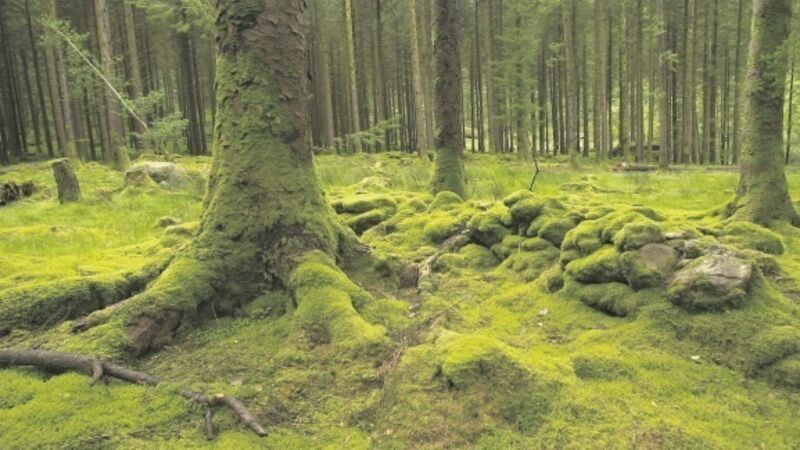Ireland needs to wake up fast to afforestation, says Hogan

Forestry is one of the keys in transition to a low-carbon and climate-friendly economy, writes
European Commissioner for Agriculture and Rural Development Phil Hogan says Ireland needs to reboot its afforestation policies, and start making real headway in using trees for carbon sequestration to fight climate change.
He has said Ireland needs to wake up, and fast, to the reality that we are part of an EU that has assumed the role of global leader in the climate challenge.
However, what is happening with forests around the world reveals just how difficult and frustrating that leadership position can be.
According to the National Geographic Society, global deforestation continues on a massive scale. Forests still cover about 30% of the world’s land, but areas half the size of England are lost each year.
Forests cover about one third of Europe, having increased over the past 25 years, due to farmland abandonment.
Ireland has the lowest forest cover of all European countries, only 11%.
Globally, agriculture is believed to be the biggest cause of deforestation; farmers cutting forests to plant crops or graze livestock.
Loggers, some acting illegally, and urban sprawl, are other causes.
Other human and natural factors like wildfires and subsequent overgrazing are also at work.
Even as the call to fight climate change gets louder, it is ironic that wildfires have rarely destroyed so many forests around the world as in 2017.
They are still burning in California, where the Thomas Fire has extended to more than 250,000 acres.
The latest season of out-of-control fires in the US has destroyed about 800 houses and other buildings, killed dozens of horses, and forced more than 200,000 people to flee flames that burned more than 270sq miles.
Across the US, about 58,000 wildfires have burned more than 9.2 million acres this year.
Nearer home, the Irish Wildlife Trust says there were 97 wildfires this year, between March 24 and May 22, in 19 counties.
Is it a sign that climate change is out of control, drying out huge areas so that they become a wildfire waiting to happen?
Yes and no, because humans rather than the climate are to blame for the vast majority of wildfires.
Pyromaniacs, negligent forest visitors, farmers burning vegetation, planting of highly combustible trees, urban expansion in high-risk areas, and other human factors, cause 90% to 97% of wildfires, according to agencies such as the US National Park Service and the Global Fire Monitoring Center in Europe.
Why should Irish farmers plant more forests, when the rest of the world seems hellbent on destroying them? It’s yet another factor causing Ireland to fall far short of its generously grant-aided afforestation targets.
There’s also the apparent stigma among farmers that planting their land with forestry is a failure.
Afforestation is seen in some counties as an unnecessary evil that is killing communities. Generous grants make it an economically viable land use option, but the obligation to replant felled forests must not be forgotten.
Not many landowners are likely to have the combination of suitable age profile, family circumstances, succession prospects, and personal capacity to manage and maintain a forestry plantation for 30 or 35 years, leaving it to a successor to replant.
Those are some of the difficult questions for those conducting a current Department of Agriculture review of our afforestation programme, now under pressure from Mr Hogan’s warning that, at the very minimum, it is essential that the afforestation targets set out in Ireland’s 2014–2020 Forestry Programme are fully met.












